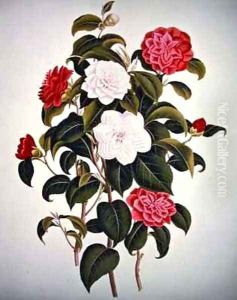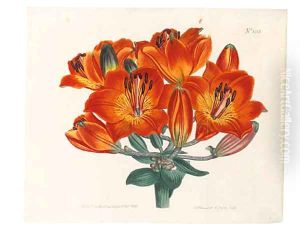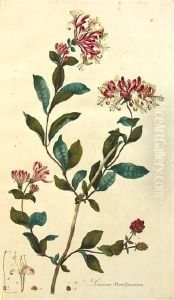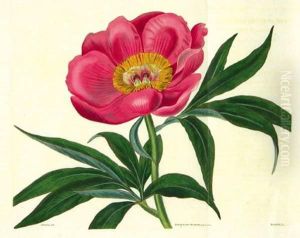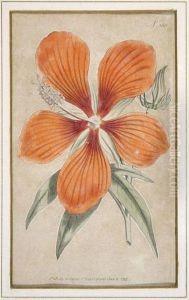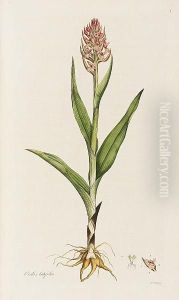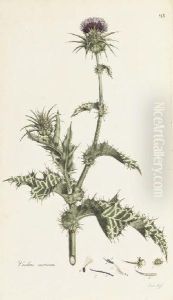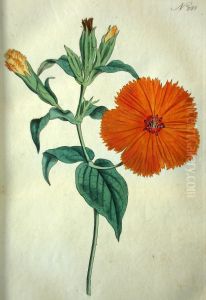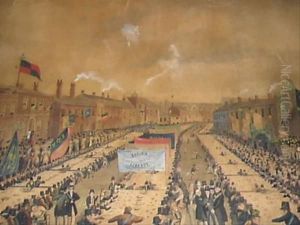William Curtis Paintings
William Curtis was an English botanist and entomologist, born in Alton, Hampshire on January 11, 1746. He began his career as an apothecary, a profession that allowed him to develop an interest in plants and their medicinal uses. Over time, Curtis's passion for botany grew, prompting him to focus more on plants and their study.
Initially, Curtis worked on a series of botanical publications. His most notable work is perhaps 'Flora Londinensis,' a publication focused on the plants found around London. While this work was not commercially successful at the time, it was recognized for its scientific importance and the quality of its illustrations.
Curtis later established the 'Botanical Magazine' in 1787, which became one of the most long-lived and influential periodicals in the field of botany. The magazine featured hand-colored plates of plants and was intended for both the scientific community and the general public. It became extremely popular and is still published today, known as the 'Curtis's Botanical Magazine.'
In addition to his publications, Curtis founded the London Botanic Garden in Lambeth in 1779, which he later moved to Brompton. This garden served as a resource for his studies and a center for horticultural and botanical exchange. It contained a variety of plant species, both native and exotic, and contributed to Curtis's work in the field of botanical science.
William Curtis made significant contributions to the popularization of botanical knowledge, making it more accessible to the layperson while also contributing to scientific study. He is remembered for his detailed illustrations, the successful botanical magazine he founded, and his efforts in horticultural education.
Curtis died on July 7, 1799, leaving behind a legacy as one of the foremost botanists of his time. His work continued to influence the field of botany and the dissemination of botanical knowledge well into the future.
